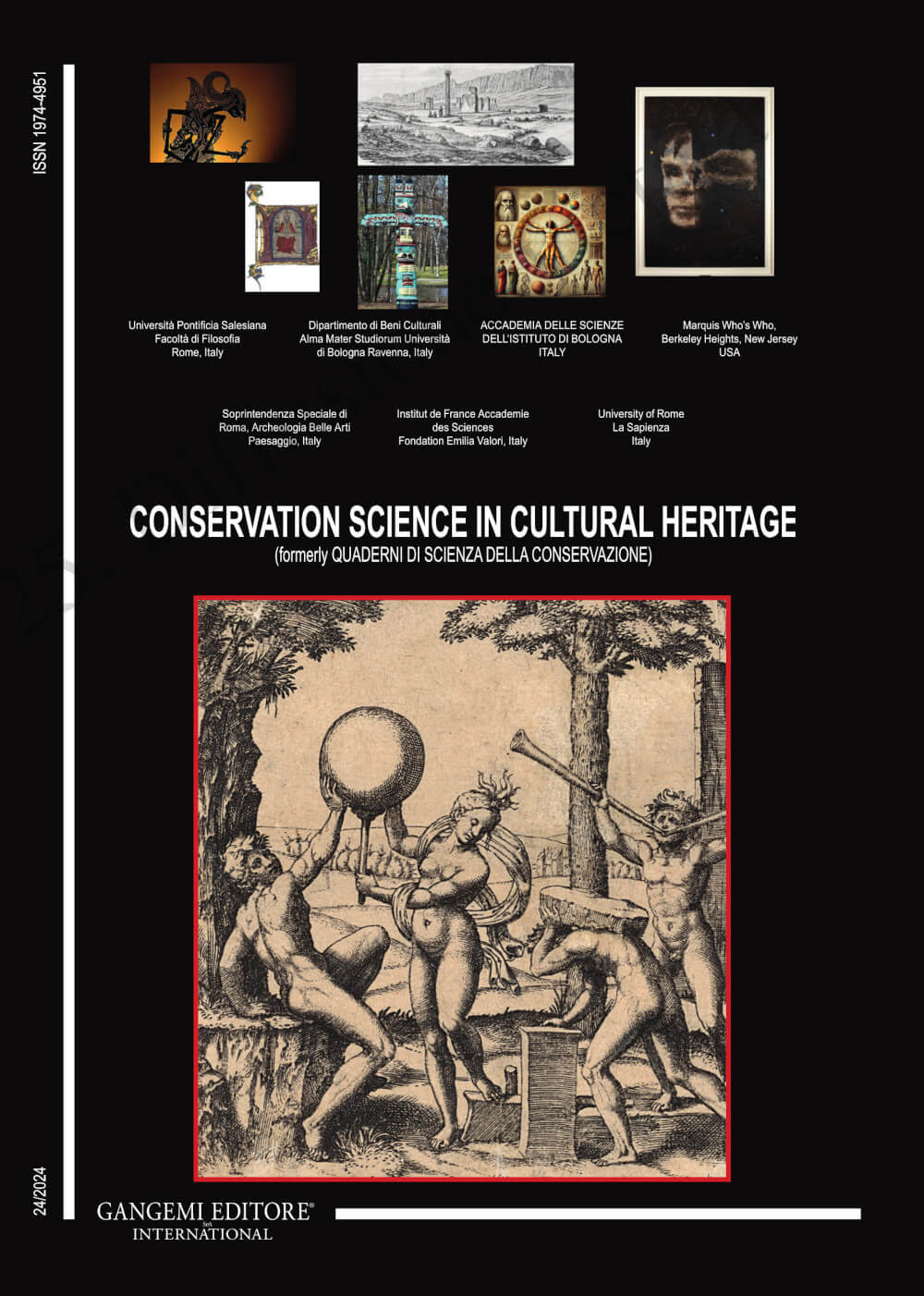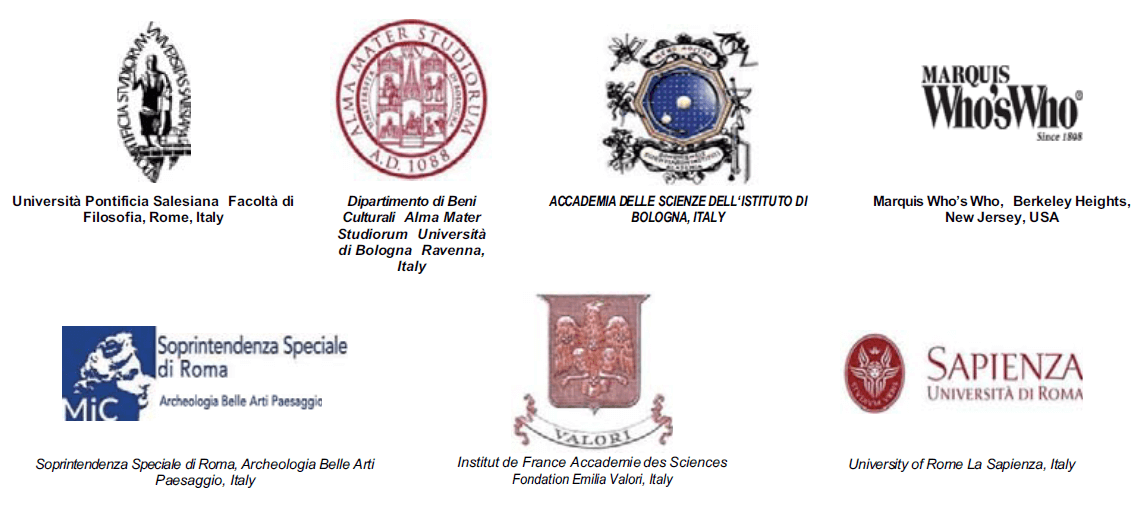The transformation of house orientation following islamization and independence in Soppeng Regency: a study of culture and local identity
DOI:
https://doi.org/10.6092/issn.1973-9494/22467Keywords:
house orientation transformation, traditional Bugis house, Islamization, modernization, local identityAbstract
This study aims to analyse the transformation of the orientation of traditional Bugis houses in Soppeng Regency in the context of Islamization and modernization after independence. Traditional Bugis houses reflect deep cultural values, religion, and local identity. However, the influence of Islamization in the 16th century and modernization policies after Indonesian independence caused significant changes in the orientation of the houses. The research method used is a qualitative approach, including literature studies, field observations in four settlement locations (two old settlements and two new settlements), in-depth interviews, architectural analysis, and a thematic analysis of the data. The old settlements analysed are Jampuserenge Village and Madello Village, while the new settlements include Bulue Village and Laringgi Village. Data were collected on the orientation of houses towards the Qibla spatial patterns, and adjustments to government policies. The results of the study show that old settlements still maintain the orientation of houses towards the Qibla as a reflection of religious values, although there are adaptations to modernization through the addition of facades to make them appear to face the road. In contrast, new settlements prioritize the orientation of houses facing the road according to the spatial planning policy implemented in the 1970s. These changes reflect the Bugis people’s ability to balance traditional values and the demands of modernity. Modifications such as the addition of facades are a creative strategy in maintaining cultural and religious identity amidst social change. This study provides insight into how the Bugis people adapt to external influences while maintaining their cultural heritage, which is relevant in understanding the dynamics of traditional culture and architecture in a modern context.
Downloads
Published
How to Cite
Issue
Section
License
Copyright (c) 2024 Andi Abidah, Erich Lehner

This work is licensed under a Creative Commons Attribution 4.0 International License.





